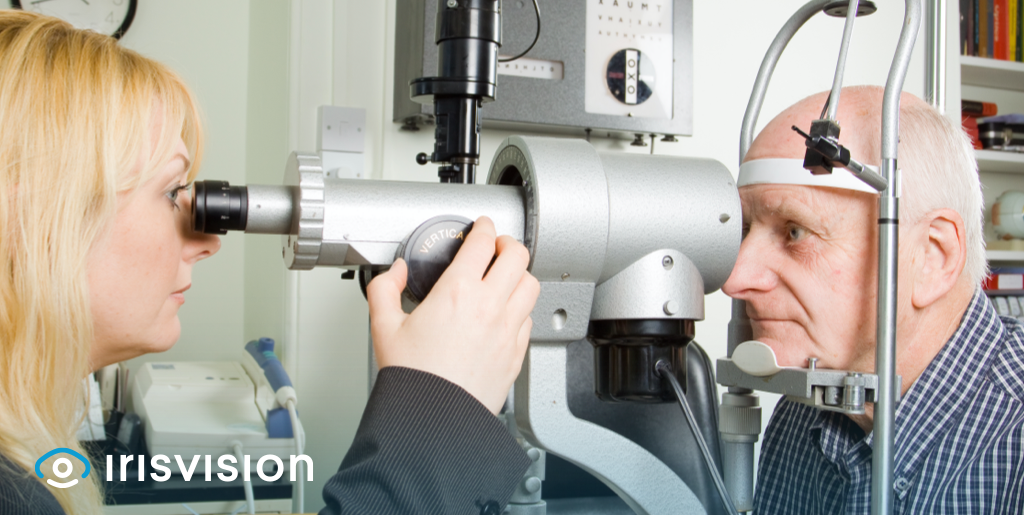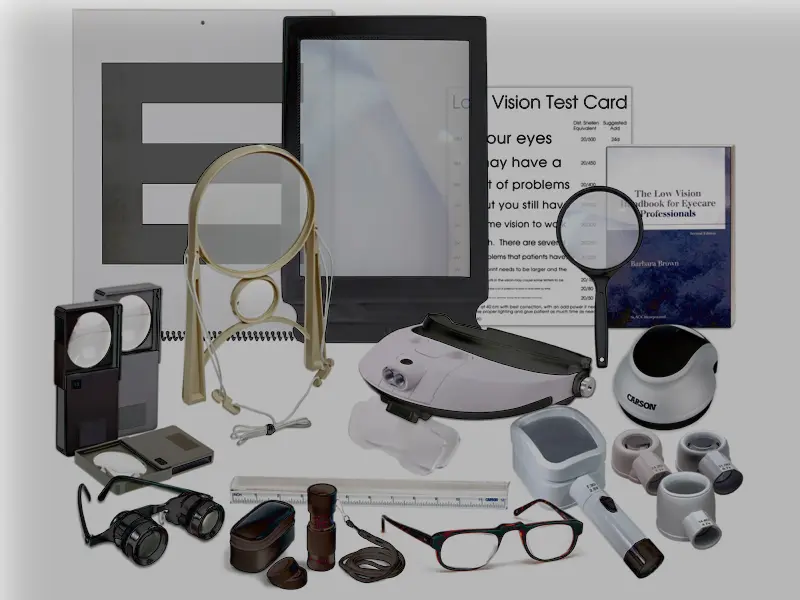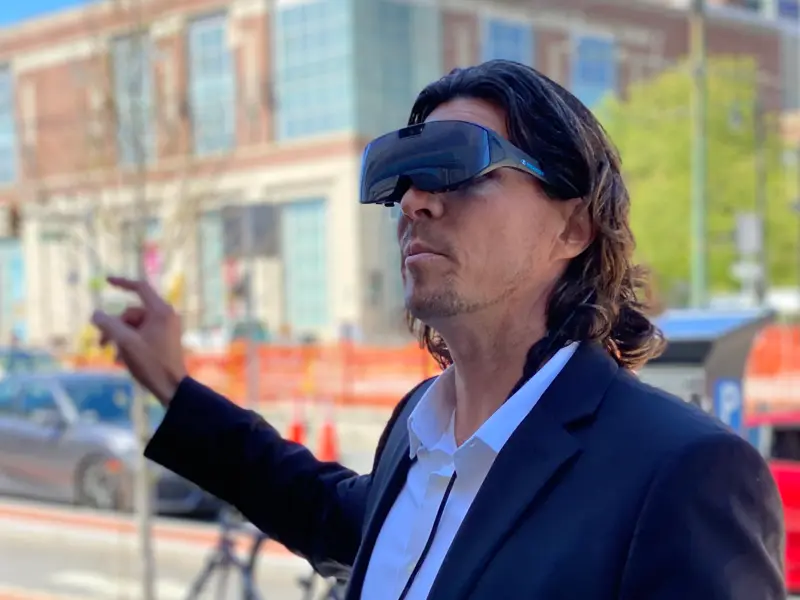If your doctor suspects that the eye condition has advanced to late-stage AMD, you will likely also be advised to take the Optical Coherence Tomography (OCT) scan.
It is a painless, non-invasive technique that allows a detailed analysis of the retina, its different layers, and their changing thickness. The doctor also uses this test frequently to gauge how well the structures within the eye respond to various treatments.
As listed earlier in this blog, there are different AMD treatments available for you to consider. However, it is recommended that you consult an eye-care professional to discuss the particular treatment options that are most effective for your eye condition.
To cover for the vision loss that you may already have suffered from, electronic low vision devices are by far the best visual solution that neither requires invasive techniques nor has any side effects. But they can help enrich your life experience by letting you see again!









